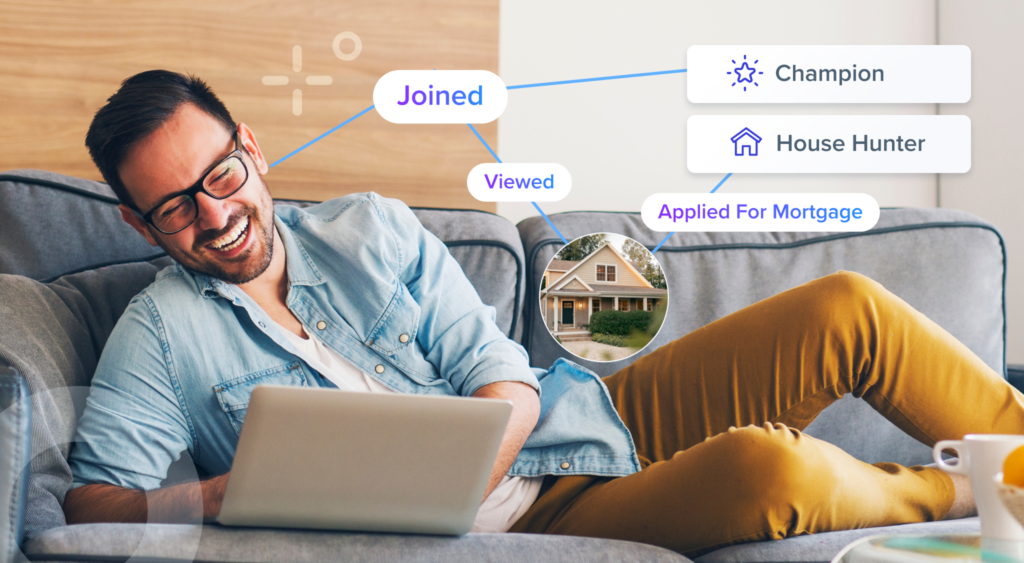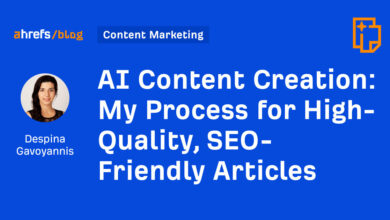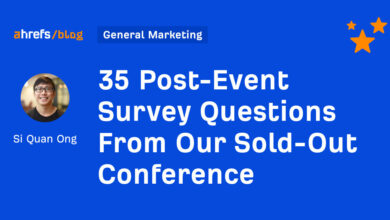Adapting Large Language Models (LLMs) for Customer Engagement with Interaction Data Adapting Large Language Models for Customer Engagement with Interaction Data

The Evolution of Large Language Models in Natural Language Processing
The Role of Large Language Models (LLMs) in NLP
Large Language Models (LLMs) have revolutionized the field of natural language processing by enabling advanced text understanding and generation. Typically based on neural network architectures, these models can process and generate human-like text by understanding context and semantics. The three primary architectures used in LLMs are encoders, decoders, and encoder-decoder models.
Types of LLM Architectures
Encoder-only Models
Encoder-only models like BERT (Bidirectional Encoder Representations from Transformers) are designed to understand and process input data. They are commonly used for tasks such as sentiment analysis, named entity recognition, and text classification, where the focus is on representing information from the input text.
Decoder-only Models
Decoder-only models such as GPTs (Generative Pre-trained Transformers) are primarily used for text generation. These models predict the next word in a sequence, making them ideal for tasks like chat, text completion, language modeling, and creative text generation.
Encoder-decoder Models
Encoder-decoder models like T5 (Text-to-Text Transfer Transformer) and BART (Bidirectional and Auto-Regressive Transformers) combine the strengths of both encoders and decoders. They are used for tasks that require understanding and generating text, such as machine translation, text summarization, and question-answering systems.
FAQs About Large Language Models
1. What are Large Language Models (LLMs) and how do they impact natural language processing?
Large Language Models (LLMs) are neural network architectures that enable advanced text understanding and generation in natural language processing. They have revolutionized the field by providing human-like text processing capabilities.
2. What are some common applications of encoder-only models like BERT?
Encoder-only models like BERT are commonly used for tasks such as sentiment analysis, named entity recognition, and text classification, where the focus is on representing information from the input text.
3. How do decoder-only models like GPTs contribute to text generation tasks?
Decoder-only models like GPTs are primarily used for text generation tasks, where they predict the next word in a sequence. They are ideal for tasks like chat, text completion, language modeling, and creative text generation.
4. How do encoder-decoder models like T5 and BART combine the strengths of both architectures?
Encoder-decoder models like T5 and BART combine the understanding capabilities of encoders with the text generation abilities of decoders. They are used for tasks that require both understanding and generating text, such as machine translation and question-answering systems.
5. What are some key benefits of using Large Language Models in natural language processing tasks?
Large Language Models offer improved text understanding, context awareness, and advanced text generation capabilities, making them valuable for a wide range of natural language processing tasks.
By leveraging the power of Large Language Models, researchers and developers continue to push the boundaries of what is possible in natural language processing, opening up new opportunities for innovation and advancement in the field.




